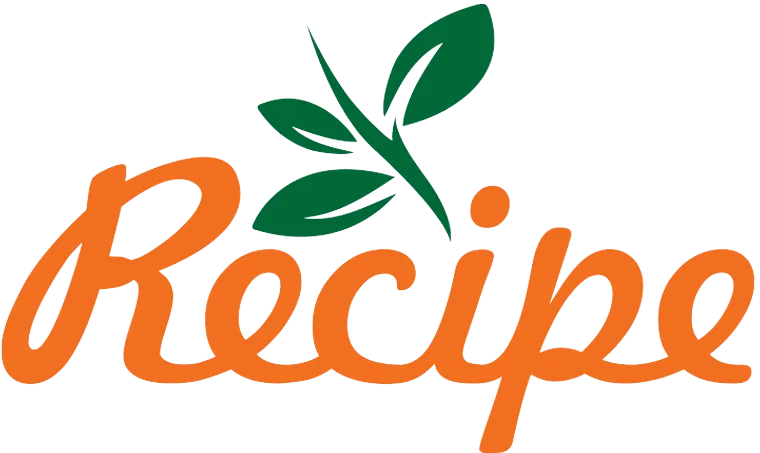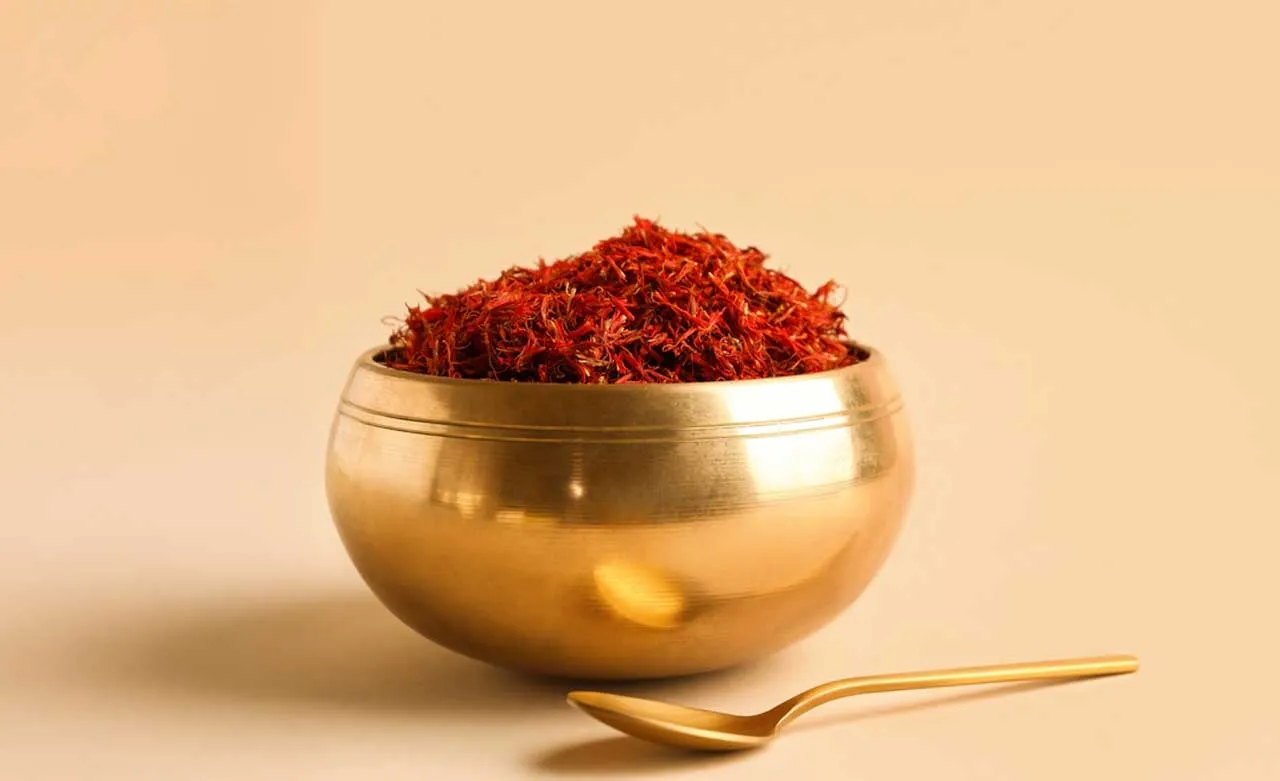Rare Spices That Keep Getting More Expensive – Are There Natural Alternatives?
1 - The Most Expensive Spice in the World: Saffron
The price of pure saffron can exceed 3,600 EGP per gram.
Nicknamed "red gold", saffron has a rich flavor but is an extremely delicate plant.
Saffron strands are handpicked, and to produce just one kilogram, you need over 370,000 saffron flowers!
It is primarily grown in Iran, Spain, and India.
2 - Organic Fennel Seeds
Fennel is closely associated with anise and is commonly used in baking.
While fennel is easy to grow, harvesting is done manually and requires great care.
Its low yield per crop means that vast farmland is needed to produce small quantities.
It is mainly cultivated in Italy.
3 - Vanilla
The most challenging spice to cultivate, vanilla beans take 2 to 4 years to mature.
Its flowers bloom for only one day per year, and pollination must occur within that timeframe for vanilla to be produced.
4 - Mahaleb (Wild Cherry Seeds)
Not commonly used in Egypt, but it is popular in Turkey and the Levant for desserts and pastries.
The difficulty in cultivation and labor-intensive extraction contribute to its high price.
5 - Long Pepper
A spicier alternative to black pepper.
Widely used in Indian cuisine and herbal teas.
Its flavor is warm, resembling cinnamon and nutmeg.
Requires specific climate conditions and is harvested manually.
6 - Black Cumin
Has a slightly citrusy flavor.
Its seeds are roasted for use in breads and minced meat dishes.
Its organic oil is valued for cooking and skincare.
7 - Kaffir Lime Leaves
This plant has long, thorny branches, yet its leaves are hand-picked.
A staple in Thai cuisine, used in fried potatoes, rice dishes, and soups.
8 - Grains of Paradise (Guinea Pepper)
A rare spice with a unique and exotic flavor.
Its taste is similar to cardamom, with a spicy, tangy, and fruity note.
Grown primarily in West Africa.
9 - Green Cardamom (El-Hil)
Has a strong and aromatic flavor, widely loved.
Interestingly, it is harvested before it fully ripens.
Commonly used in Egyptian and Arab cuisines, added to soups and spiced coffee.
Essential in Indian Karak tea.
10 - Pasilla Pepper
A rare hot pepper grown in Mexico.
Dried using smoke, it adds a smoky flavor to soups and sauces without needing smoked meats.
Unique Uses of Rare Spices
- Fennel seeds help with digestion, detoxification, and weight loss.
- Black cumin is used to relieve bronchitis, rheumatism, and asthma.
- Kaffir lime leaves are rich in Vitamin C, boosting immunity.
- Cardamom is known to reduce anxiety and depression.
- Long pepper is often mixed with herbs in ancient Indian medicine.
- Black cumin oil is a powerful skincare ingredient, containing over 100 vitamins and minerals.
Why Are Spices Getting More Expensive?
- Difficult Growing Conditions – Many spices require specific climates that are rare in agricultural regions.
- Environmental Factors – Natural disasters like hurricanes, droughts, and pests can reduce supply, making spices scarce and expensive.
- Manual Labor Requirements – Some crops, like vanilla, require hand-pollination on the one day per year the flowers bloom.
- Long Growth Cycles – Vanilla plants take 2 to 4 years to mature before pollination.
- Low Yield – Fennel and saffron naturally produce very small quantities, increasing their price.
- 370,000 saffron flowers are needed for just 1 kg of saffron!
- Storage Challenges – Spices need special storage conditions to maintain their aroma and flavor.
- Import Restrictions – Some rare spices face high shipping and customs fees, further increasing costs.
Are There Cheaper Alternatives to These Expensive Spices?
Yes! You can substitute high-end spices with affordable alternatives:
- Saffron color → Use a mix of turmeric and smoked paprika.
- Saffron flavor → Try artificial saffron essence.
- Vanilla flavor → Opt for vanilla extract or almond extract.
- Long pepper → Use black pepper mixed with cinnamon.
- Cardamom (Hil) → Combine cinnamon and ginger.
- Mahaleb → Use ground almonds with a pinch of cinnamon.
- Fresh ginger is cheaper and healthier than dried ginger, but use less to avoid overpowering the dish.
Tips for Choosing Spice Substitutes
- Go for natural alternatives instead of artificial ones.
- Experiment with different spice mixes—you might create an even better flavor!
- If using a substitute, start with a smaller amount to avoid overpowering your dish.
How to Store Spices to Preserve Their Quality?
- Use dark, airtight containers to protect from sunlight.
- Store in a cool, dry place, away from heat, light, and steam.
- Keep whole spice seeds and grind them only when needed to retain flavor and essential oils.
- Always check expiration dates and use spices before they lose potency.
- Ensure the storage area is clean and dry to prevent mold and spoilage.
Stay Tuned on Recipe Articles Platform!
We answer all your spice-related questions:
- What are the rarest and most expensive spices?
- How to maximize flavor like professional chefs?
- The history of spices in the Middle East.
- What are Egypt’s most loved spices?
We will publish in-depth articles on each spice’s health benefits.
Start by reading our article on the benefits of thyme here!

